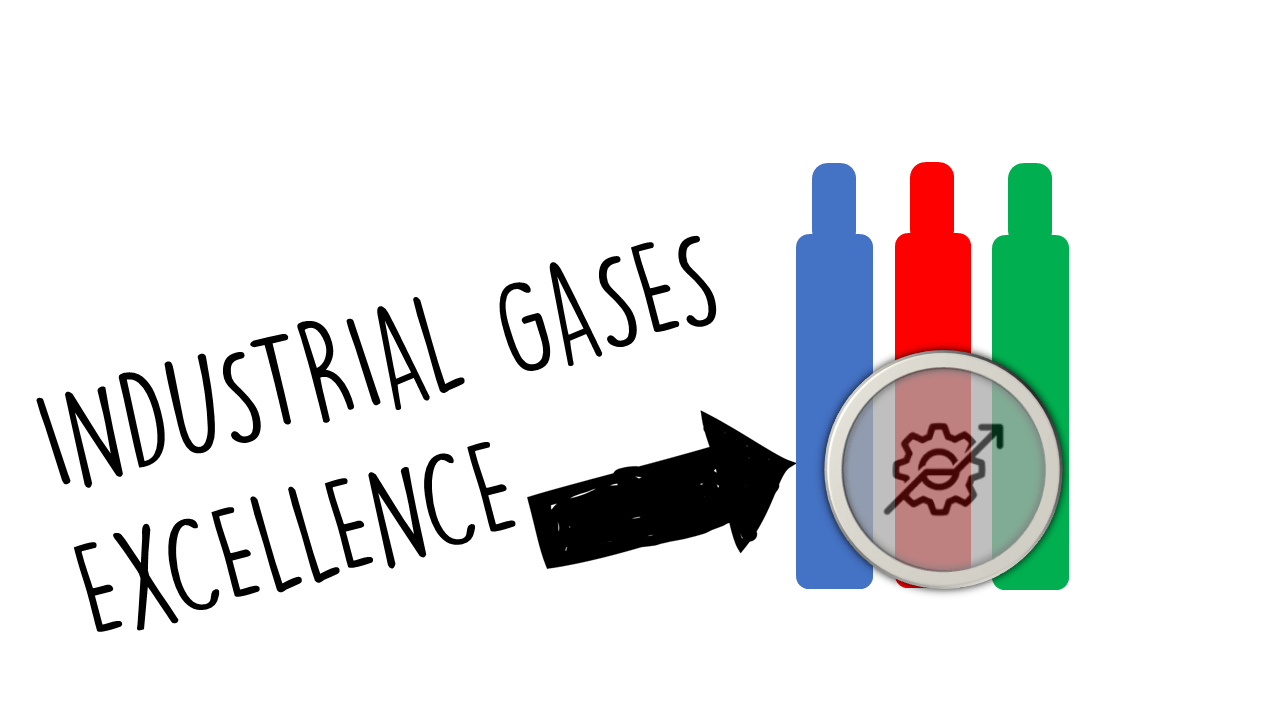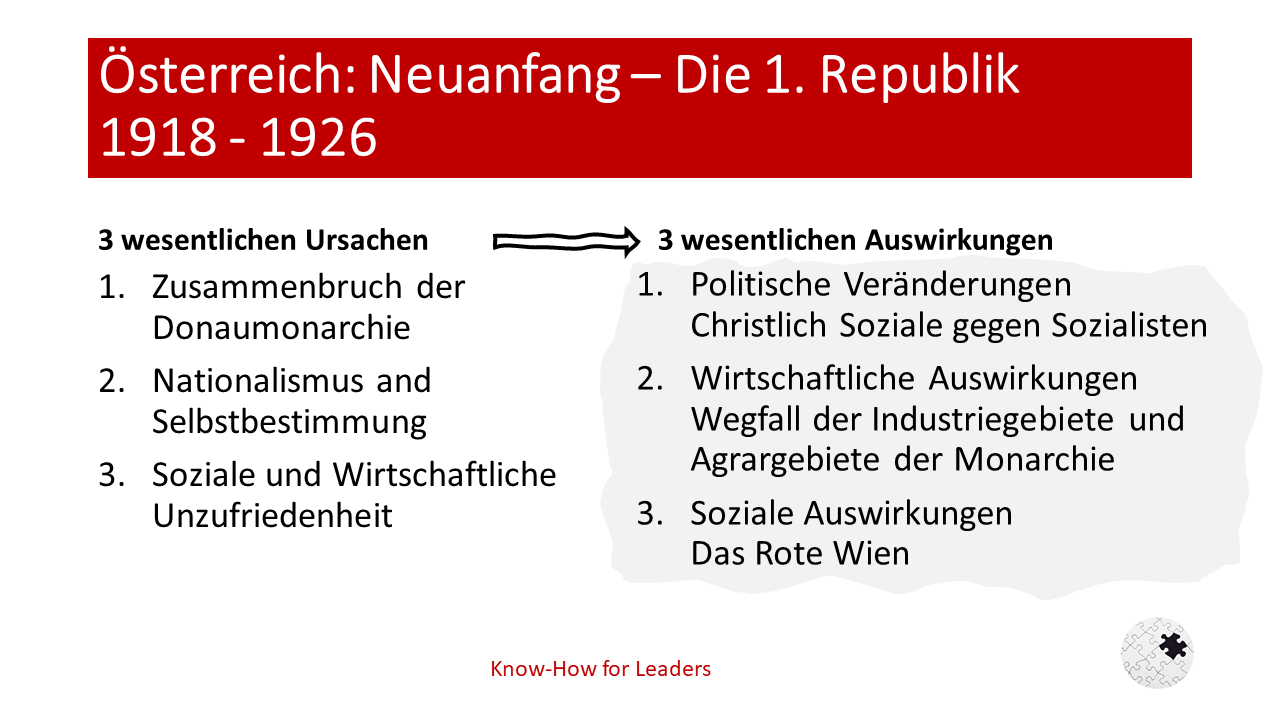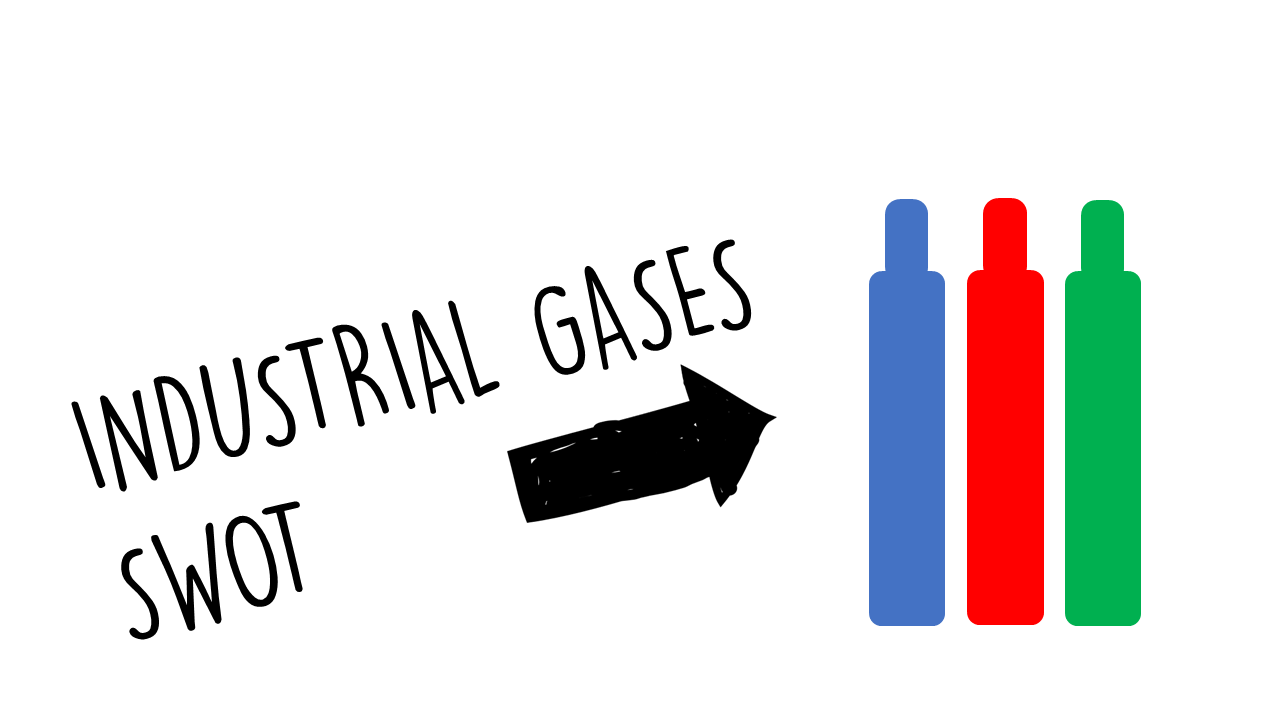In the context of the industrial gas business, effectively selling add-on solutions requires a strategic approach that includes clear framing and thoughtful reframing of both your core products and services.
Here’s how you can approach this:
Framing Add-On Solutions
1. Define the Add-On Solutions
- What: Identify and clearly define the add-on solutions that complement your industrial gases, such as equipment (e.g., gas handling equipment, regulators), safety training, maintenance services, and analytics for gas usage.
- Why: This creates a clear understanding of what you offer beyond the core gases and sets the stage for how these solutions provide additional value to your clients.
2. Align with Customer Needs
- What: Frame the add-on solutions in the context of the customer’s operational needs and challenges. For example, if a client uses oxygen for metal cutting, frame a cutting equipment maintenance service that enhances safety and efficiency.
- Why: Understanding customer pain points and showing how your add-on services address these challenges positions your offerings as essential rather than optional.
3. Showcase Value Proposition
- What: Articulate the benefits of the add-on solutions, such as reduced downtime, increased efficiency, enhanced safety, and compliance with regulations.
- Why: A compelling value proposition signals to the customer why they should invest in add-on solutions, transforming their view of these offerings as valuable investments.
Re-Framing Add-On Solutions
1. From Supplemental to Essential
- From: “These services can help you improve your operations.”
- To: “Our add-on solutions are critical to ensuring you achieve maximum efficiency, safety, and compliance in your operations.”
2. From Cost Center to Value Driver
- From: “Our add-ons are additional expenses.”
- To: “Investing in our add-on solutions will drive value by reducing risks and operating costs while improving productivity.”
3. From One-Time Sales to Continual Improvement
- From: “We sell gases and equipment as separate transactions.”
- To: “Our solutions evolve with your business, offering ongoing support and innovation to continually enhance your operations.”
Strategies for Implementing Add-On Solutions Sales
1. Bundling Products and Services
- Offer bundled packages of gases and add-on solutions. For example, a package might include a specific gas supply with a maintenance plan for related equipment.
2. Customer Education and Engagement
- Create educational materials, webinars, or workshops to help customers understand the importance and benefits of the add-on solutions. Demonstrating how these solutions work in real-world applications promotes buy-in.
3. Utilize Case Studies and Testimonials
- Share success stories from existing clients who benefitted from utilizing add-on solutions. This can reframe the narrative to one of proven returns on investment and effectiveness.
4. Sales Training Programs
- Equip your sales team with the skills and knowledge to effectively communicate the value of add-on solutions during customer interactions. Teach them to listen for opportunities to offer these solutions based on customer needs.
5. Foster Long-Term Relationships
- Position your business as a partner in growth, where add-on solutions are part of a long-term strategy for improving efficiency and safety in the customer’s operations.
5 Action Steps for Execution
1. Develop Clear Marketing Materials
- Create brochures and online content that clearly frame the add-on solutions as integral to customer success, including visuals that demonstrate use cases.
2. Conduct Needs Assessments
- Work with customers to assess their current gas usage and related processes to identify gaps where add-on solutions could provide value.
3. Implement Feedback and Adaptation Mechanisms
- Establish feedback channels to gather customer input on the effectiveness of add-on solutions so that you can continuously refine your offerings.
4. Performance Metrics and KPIs
- Develop key performance indicators (KPIs) for tracking the success of add-on solution sales, focusing on metrics like customer satisfaction and repeat business.
5. Collaborate with Industry Experts
- Partner with industry experts to enhance your credibility and further educate customers on the importance and relevance of your add-on solutions within their operational context.
Conclusion
To effectively sell add-on solutions in the industrial gas business, it’s crucial to frame these offerings as essential tools for enhancing operational efficiency and safety.
By reframing the conversation around cost and value, and providing tailored solutions that address specific customer needs, your organization can effectively position itself as a trusted partner, leading to increased sales and long-term customer loyalty.




